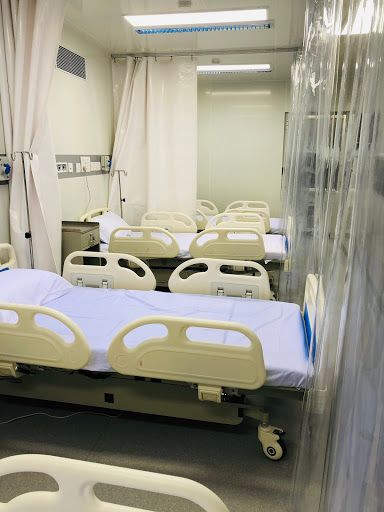Mumbai: In the rapidly evolving landscape of artificial intelligence (AI), the concept of sandboxes has emerged as a critical tool for fostering innovation while ensuring ethical and responsible development. An AI sandbox is essentially a controlled environment where innovators can safely develop, test, and refine AI models and applications using real-world data, infrastructure, and regulatory guidance. These spaces are designed to reduce risks, accelerate experimentation, and bridge the gap between research and real-world deployment.
The European Union AI Act 2024 defines an AI regulatory sandbox as a framework set up by competent authorities to allow providers or prospective providers of AI systems to develop, train, validate, and test innovative AI systems under regulatory supervision. The Act highlights universal objectives for sandboxes, such as improving legal certainty, fostering innovation, supporting evidence-based regulatory learning, and facilitating market access for AI systems, particularly those developed by small and medium enterprises.
Globally, sandboxes are classified into three categories: regulatory, innovation, and hybrid. Regulatory sandboxes provide supervised spaces for piloting AI solutions under the guidance of regulators, enabling early identification of risks and compliance pathways. Innovation sandboxes offer shared access to data, computational resources, and mentorship, fostering rapid prototyping and collaborative development. Hybrid sandboxes combine the benefits of both models, promoting experimentation while ensuring alignment with ethical and policy frameworks.
India, with its robust digital public infrastructure, vibrant start-up ecosystem, and demographic scale, is uniquely positioned to leverage AI sandboxes to address systemic challenges and unlock the potential of artificial intelligence. However, the country faces hurdles such as limited access to high-quality, localised datasets, affordable computational infrastructure, and standardised validation frameworks.
AI sandboxes can address these challenges by providing enablers such as access to multilingual, AI-ready datasets, subsidised compute infrastructure, and domain-specific mentorship. They also embed guardrails like data privacy standards, regulatory alignment, and risk management frameworks to ensure responsible innovation.
The establishment of AI sandboxes in India is not just about creating pilot environments but about building long-term national platforms that propel scalable and inclusive AI development. These sandboxes can support priority sectors such as agriculture, healthcare, education, and micro, small, and medium enterprises, enabling the creation of solutions tailored to local needs. For instance, vernacular speech datasets and automatic speech recognition models can empower voice-first AI agents to serve rural and semi-urban populations effectively.
The operationalisation of AI sandboxes involves defining clear objectives, establishing governance structures, designing core components, and implementing phased execution. This approach ensures that sandboxes evolve from short-term pilots into national assets, supporting responsible innovation at scale. Key stakeholders, including government bodies, industry leaders, academia, and start-ups, must collaborate to ensure the success of these initiatives.
Governments can play a catalytic role by funding pilots, developing model policies, and investing in infrastructure, while industry partners can contribute resources and mentorship. Academia can lead capacity-building efforts and provide regulatory-aligned evaluation, and start-ups can actively engage in sandbox pilots to refine and scale their solutions.
AI sandboxes are essential in the intelligent age, where the balance between rapid technological advancement and social responsibility is paramount. They provide a structured pathway for innovation, ensuring that AI solutions are not only cutting-edge but also ethical, inclusive, and aligned with public interest. As India seeks to position itself as a global leader in AI, the sandbox model offers a blueprint for scaling responsible AI development, setting a precedent for other nations to follow.
DISCLOSURE: This feature draws on insights from the white paper Shaping the AI Sandbox Ecosystem for the Intelligent Age, published by the World Economic Forum in collaboration with IndiaAI, the Office of the Principal Scientific Adviser to the Government of India, and BCG X.











